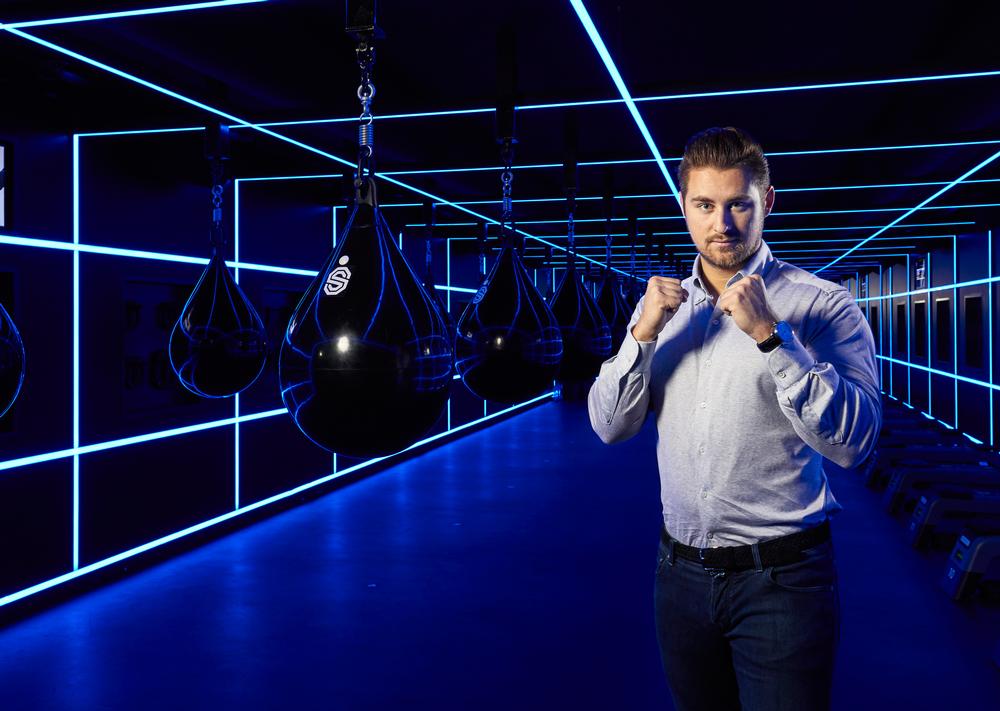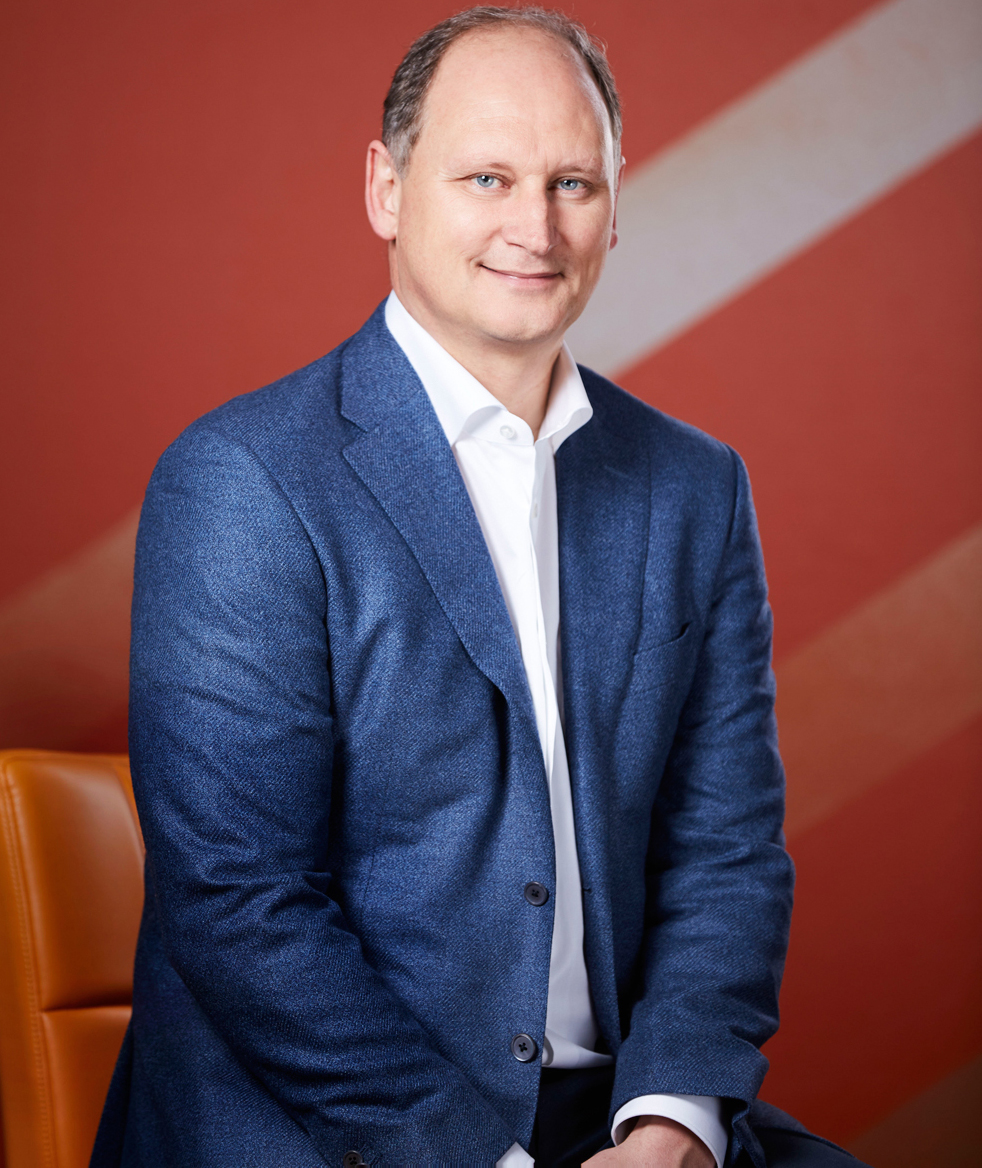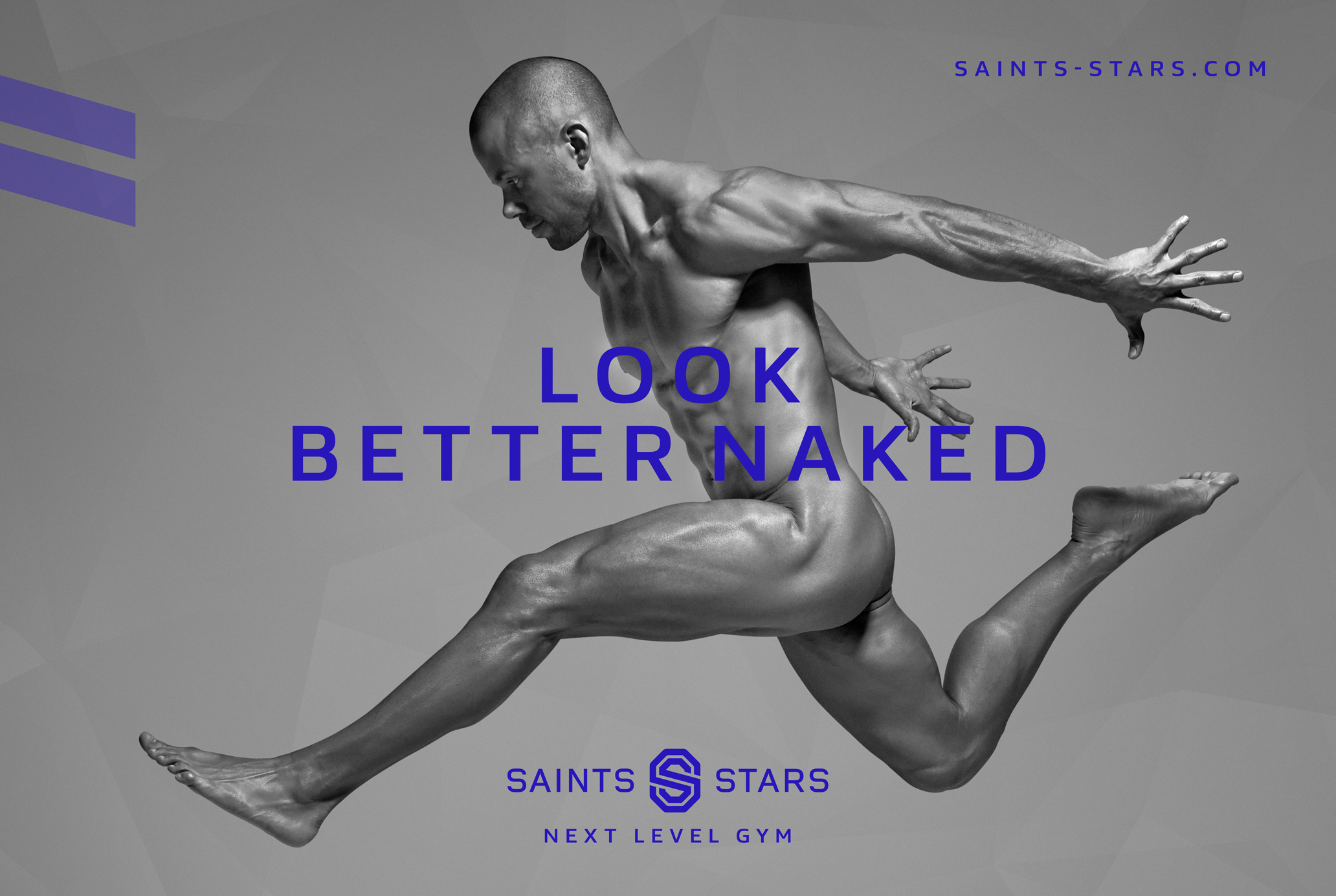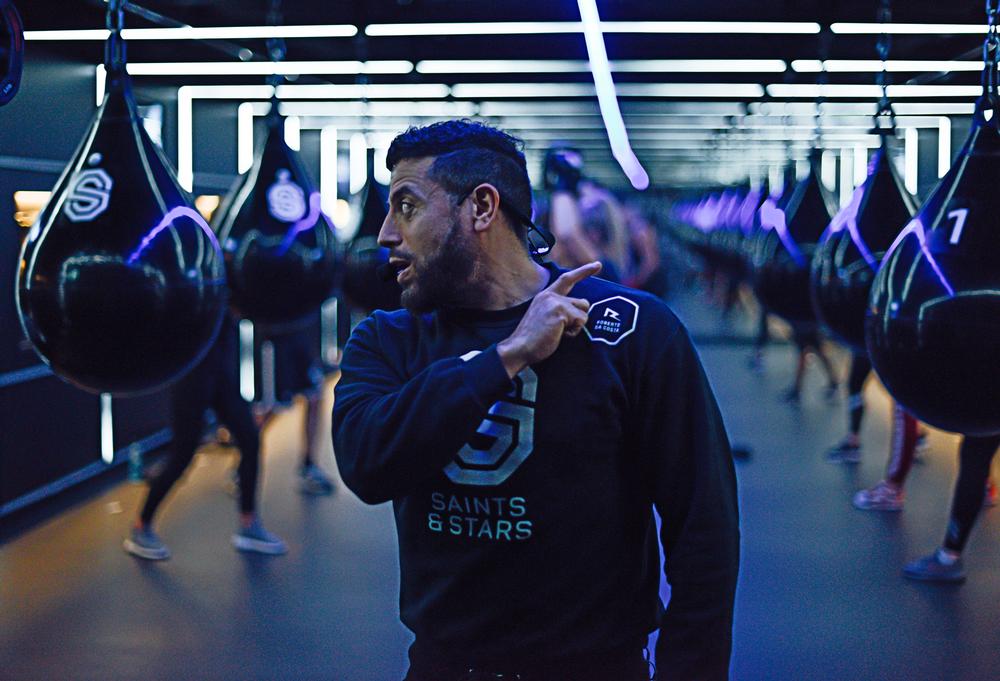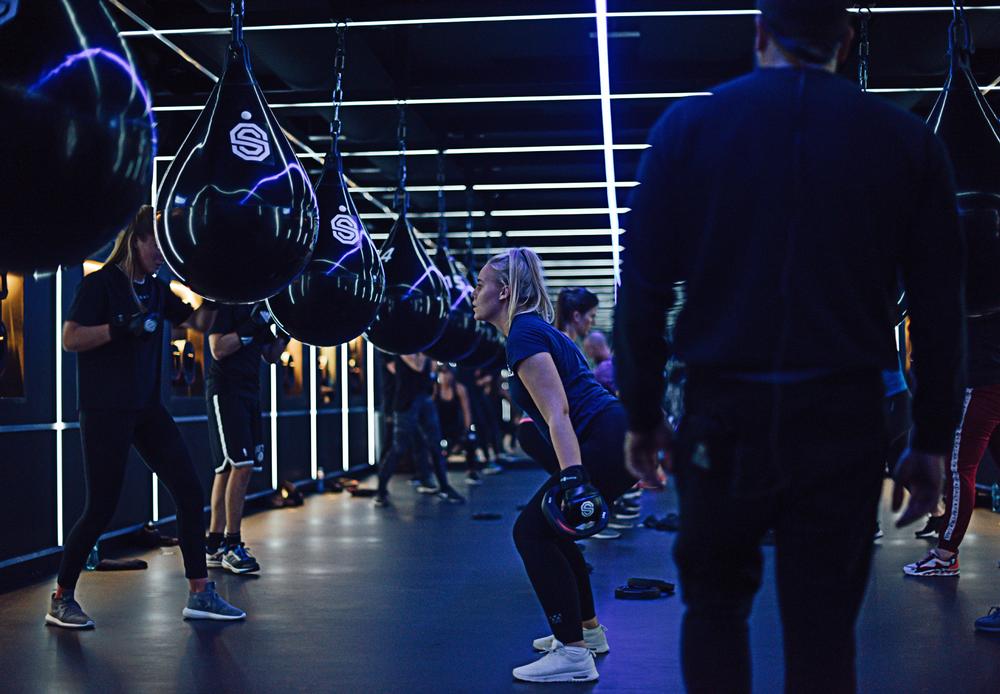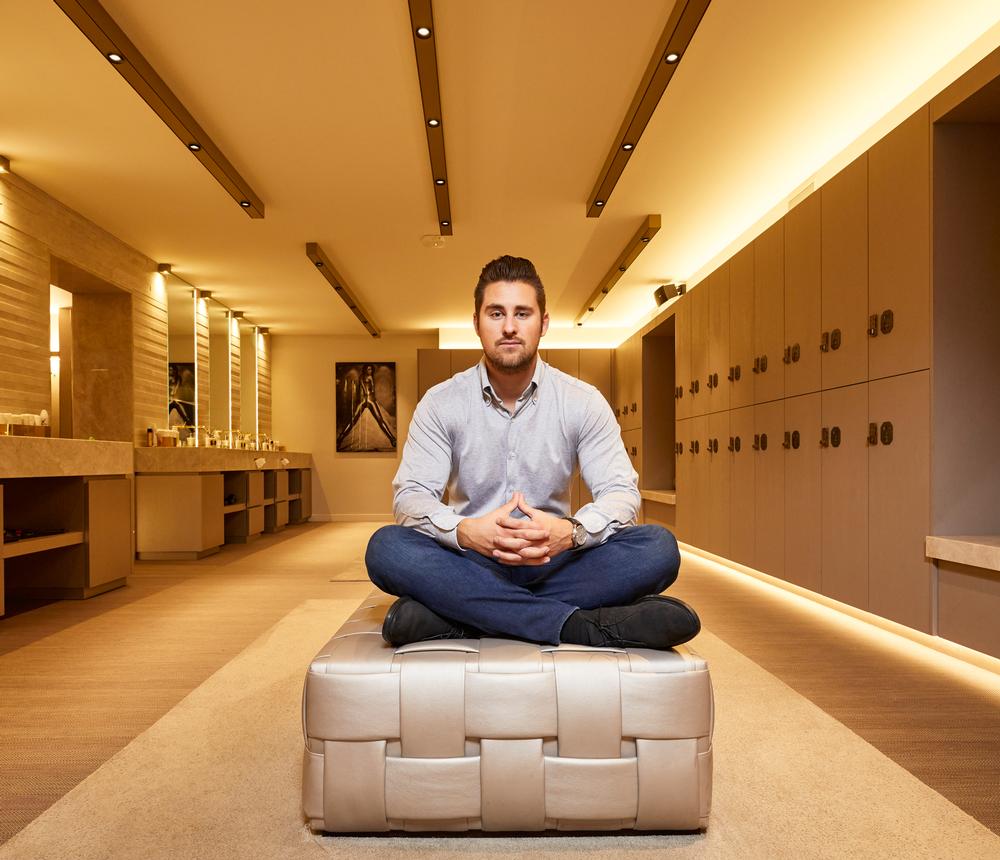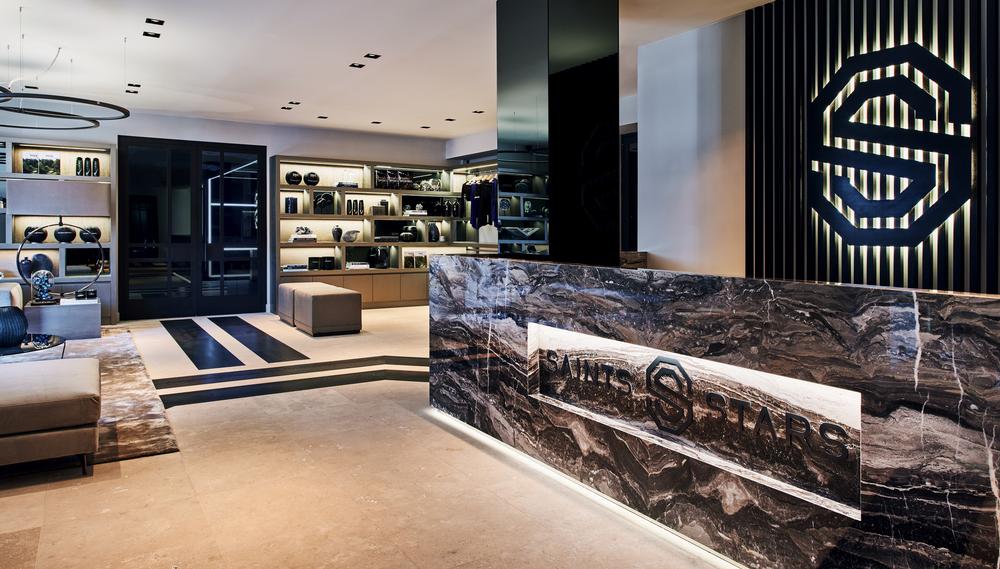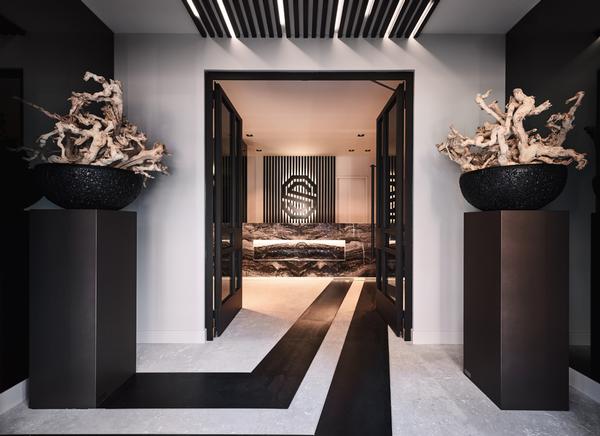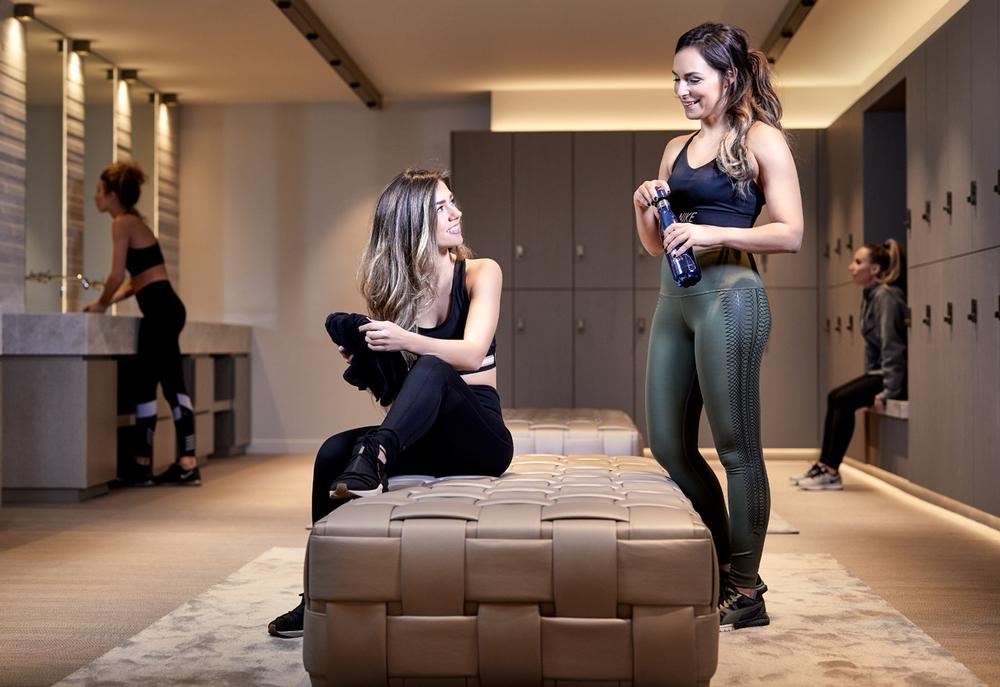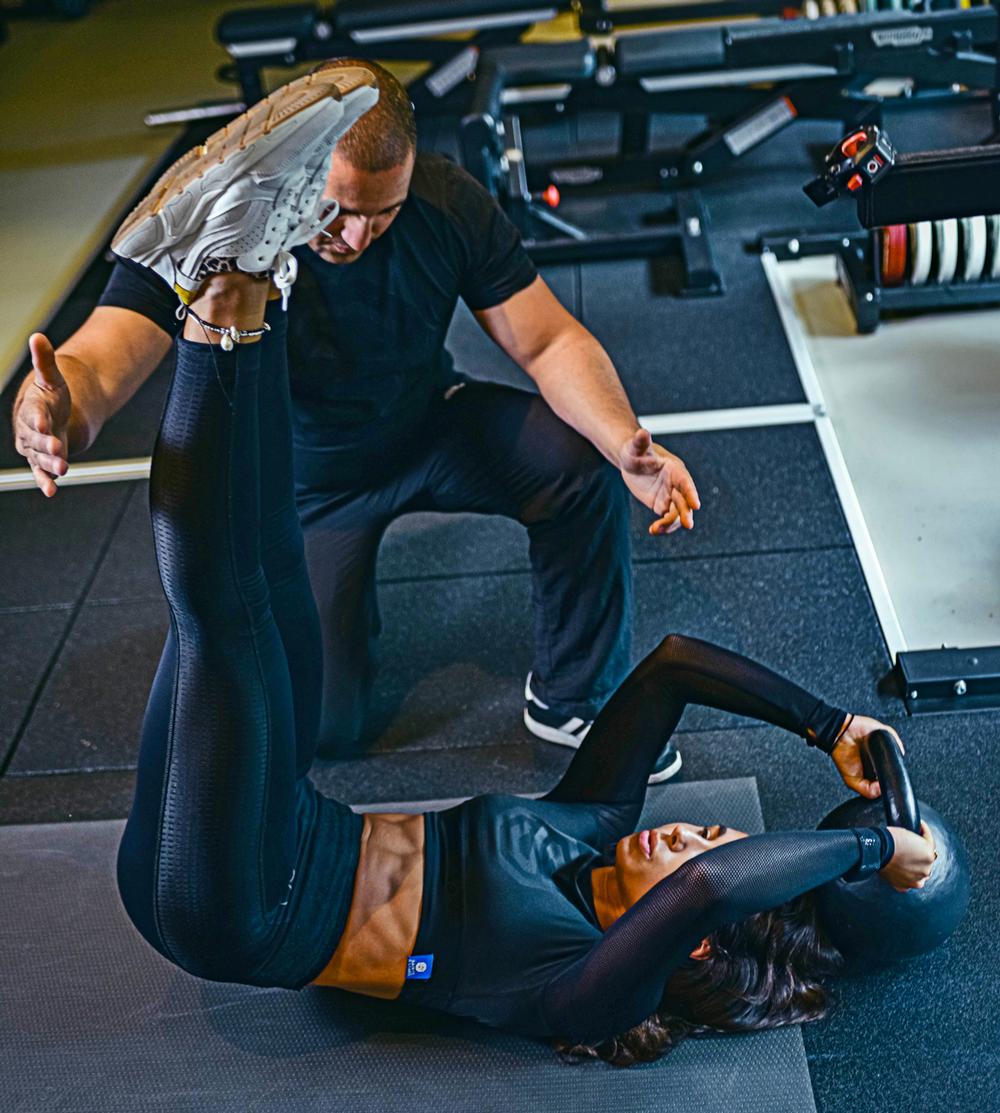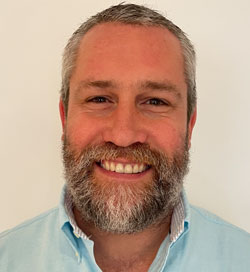A business like this isn’t based on spreadsheets, on business models, or on copying this and that, because you can only copy so much before the whole market gets stuck,” says Tom Moos, founder of boutique fitness operation Saints & Stars. “The only way to build a business like this is to do what you love, focus on what you can be really good at, and then put your whole soul into it.
“I’m not the sort of guy who’s going to stand there and say ‘we’re the best’ and that we’re not going to look at what others are doing,” he says. “I’m always there to learn, and I know how important it is to be flexible and adapt to the market; our target group like to constantly change things up, so we have to be ready to move quickly at all times. However, we won’t simply copy others. We will always have our own flavour around we do at Saints & Stars, because a copy job will never, ever work.”
Doing things differently
True to his word, Saints & Stars – which launched its first studio in summer 2018 in a “trendy neighbourhood of Amsterdam” – is more than just a name. It’s a philosophy that’s unique to the Saints & Stars business.
Moos explains: “Our members are our Saints, the people we’re there to take care of. Our trainers are our Stars. But underpinning this is a focus on two words across everything we do: totality and belief. Totality is about delivering everything to the highest possible standard. Belief is about being so much more than just a place to work out.
“When our Saints and Stars come together, they create a total experience based on a belief in something greater than fitness alone.”
The club design, too, comes with a Saints & Stars hallmark. “I like owning one specific style. I didn’t want to be the next ‘industrial chic’ boutique,” says Moos. “So, we teamed up with one of the most famous interior designers in the Netherlands to focus on a New York glamour look. We use a lot of natural materials. A lot of marble. It’s comparable to a really high-end hotel. We didn’t want it to look, feel or smell like a regular gym – it needed to be way more than that.
“Then, once you step into the studio, it’s a nightclub feel, created in collaboration with an experienced nightclub specialist.”
The programming too, while at face value adopting familiar formats – Holy Box is a boxing-inspired workout, Holy Shred a HIIT-inspired workout, and there’s a PT studio too – has been designed to have a distinctive, signature feel. “Everything we do is formatted, with fully structured workouts based on maximising results and safety,” says Moos. “It ensures you get the same experience each and every time. The only difference in each class is the trainer’s personality.
“I believe this is a real strength for us. Our training philosophy is absolutely on-point, designed by specialists in their field – running experts and so on – and we don’t leave anything to the individual trainers in terms of the programmes themselves.
“We even give our trainers the cues and the phrases we want them to use, and they’re all coached regularly: we have mandatory meetings every week where we continue their education, focusing not only on the ‘what’ but also the ‘why?’.Our Academy is probably the thing I’m most proud of in the whole business.”
“We have a voice specialist, too,” adds Moos, “who coaches our trainers in using their voice, changing tone and pitch and emotion to maximise the workout experience and effectiveness. That’s been incredibly valuable.”
Creating a tribe
On the theme of trainers, Moos continues: “One great thing about being part of a bigger group with a strong history in the sector: we already knew all the best instructors, and we have them all as trainers at Saints & Stars.
“We have 14 rockstar instructors, all freelance but all working for us on an exclusive basis, and haven’t lost a single one of them since we opened. We pay them well – they can earn €100+ for a full class. But even more important than that, they all feel involved in the business. They have a say in what we do and what the brand becomes.”
And how is the brand evolving? “It’s going really well for us right now, with our second studio opening this month in arguably an even better location than the first.
“Ideally, I’d like every new Saints & Stars to offer the same workouts, so we can create the same feeling and people know what to expect. However, it’s so hard to find great locations, so you always have to be creative with them. For example, this second site is even bigger than the first, which means our Box and Shred studios can be bigger – a maximum of 50 people per class, rather than the 40 we can cater for in our first site, which isn’t enough.”
Interestingly, however, the lounge space in the new club will be smaller this time around. “People don’t actually like space,” explains Moos. “They want to be close to each other. They want to be in contact with each other. The bigger the space, the smaller the sense of community,” Moos observes.
He continues: “We’ll also include a new concept – a strength-based workout, inspired by the likes of Tone House in the US, which we’re calling Holy Build.
“Holy Build will be available only to our Gold members – those who have signed up for full membership, which is currently around 10–15 per cent of our user base – and those on bigger packages. It won’t be a huge revenue generator, as the class will cater for a maximum of 16 people, but I do see it as a big retention driver and sales driver for our memberships. It will give people a reason to commit to us, giving them all they need in the one studio – Holy Build is the perfect complement to the HIIT of our other concepts – as well as offering them something they can only get as a member.
“We therefore plan to retrofit Holy Build into our first site too, in the PT studio space. There will still be personal training – we have an excellent philosophy based on personalisation and long-term results – but if I’m really honest we haven’t quite cracked the delivery model yet. If we hit 20 per cent of new members booking a PT, we’re doing well.”
A focused model
Moos continues: “We’re already looking for our third and fourth locations, also in Amsterdam; across all of our brands, we always expand city by city, adopting a cluster strategy. I’d like to be up to four sites open by the end of 2020.
“At that point, we might look to Rotterdam and The Hague, which are probably the only other cities in the Netherlands that are close to being ready for this sort of concept. That said, if I had to predict now what’s likely to happen – and of course this changes all the time – I’d guess we’re more likely to expand internationally first, perhaps to France or Spain. Really it depends how quickly Rotterdam and The Hague internationalise and get fully into the boutique mindset.”
Is there any likelihood of Saints & Stars also following the lead of 1Rebel and Rumble and developing a digital offering? “A lot of brands are jumping on this at the moment. Would we do it? I think, for now, the answer would be ‘no’. We can only focus on so much and I don’t want to divert attention away from building really nice clubs. I’d rather be really good at one thing.
“And to do digital well, you do need huge resources. Basic-Fit has a dedicated production facility – a couple of thousand square metres – and seeing how much money, time and knowledge they invest in it… It’s just too much for us at the moment.”
Measuring success
So, beyond opening new sites, how does Moos judge the success of his Saints & Stars brand? “My main KPI is that the people who work for us – our trainers, but also our other staff – are extremely happy and proud of the brand.
“Flowing from that, it’s about ensuring our customer satisfaction scores are through the roof, and I’m proud to say our annual stats show an average 9.2/10 rating and 82 per cent class capacity. Anything that doesn’t hit at least 75 per cent capacity, we kick off the timetable.
“We do a lot of surveys, as well as in-depth interviews, to ensure we maintain these satisfaction scores. The first time someone visits, the wow factor means they pretty much always score us 10/10, so there’s no point interviewing first-timers – we don’t learn anything. It’s when we speak to our really loyal members – only then do we know what could be better, what was lacking on a particular day or week, what individual trainers might improve on. We make sure we act on that.
“It’s about adapting and staying flexible, to ensure people want to keep coming back.”
Watch out next issue for insights into Basic-Fit from CEO, Rene Moos








